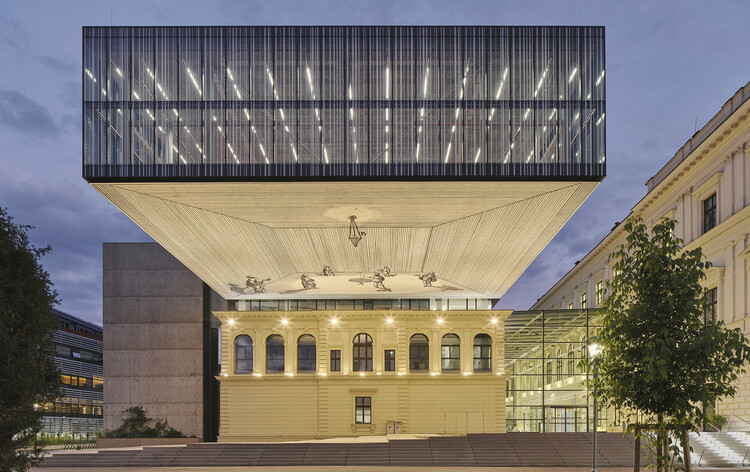In the world of architecture and urban planning, innovation knows no bounds. As our cities continue to grow and evolve, the challenge of preserving the past while building for the future becomes increasingly significant. This is where the concept of retrofitting obsolete structures and adaptive reuse steps in, offering a sustainable and imaginative solution that not only honors the history of a place but also contributes to a more environmentally conscious way of living.
Adaptive reuse is a concept that embraces the transformation of old, often abandoned, structures into new, functional spaces that serve modern needs. This approach not only helps preserve the architectural heritage of a community but also minimizes the environmental impact of new construction. The idea is simple yet powerful: by repurposing existing structures, we reduce the demand for new materials, energy consumption, and waste generation, all of which are integral to sustainable living. One of the most remarkable aspects of adaptive reuse is the sheer diversity of structures that can be transformed. Former factories, warehouses, schools, and even churches have been reimagined into innovative residential spaces, commercial hubs, and cultural centers.
For instance, consider the transformation of an old factory into modern loft apartments. The spacious layouts and industrial aesthetics of these lofts pay homage to the building’s history while providing unique and stylish living spaces. The inherent character of the original structure becomes a design element, creating an atmosphere that’s both nostalgic and contemporary.
Beyond the preservation of historical charm, adaptive reuse offers a myriad of environmental benefits. The construction industry is notorious for its substantial carbon footprint, but by repurposing existing structures, we drastically reduce the need for new materials and energy-intensive construction processes.
Furthermore, adaptive reuse often encourages urban infill – the development of vacant or underutilized land within already built-up areas. This helps combat urban sprawl and promotes the efficient use of existing infrastructure, reducing the strain on resources and transportation networks.
Apart from its environmental advantages, adaptive reuse is also economically advantageous for communities. Abandoned buildings can be a blight on neighborhoods, leading to decreased property values and increased crime rates. By revitalizing these structures, communities can experience an economic resurgence, attracting new residents and businesses. Moreover, adaptive reuse projects tend to be more cost-effective than constructing entirely new buildings. The basic framework is already in place, and renovation costs are often lower than those associated with ground-up construction. This financial efficiency can make adaptive reuse an attractive option for developers and investors.
While the concept of adaptive reuse is undeniably promising, it’s not without its challenges. The transformation of older structures requires careful planning and consideration. Engineers and architects must assess the structural integrity of the building, ensuring that it can safely accommodate its new purpose. Zoning regulations and building codes also need to be navigated to ensure compliance with current standards. Balancing the preservation of historical features with the incorporation of modern amenities can be a delicate task. However, this challenge often leads to innovative design solutions that celebrate both the past and the present. In an era where environmental consciousness is paramount, adaptive reuse stands out as a beacon of sustainability and innovation. It offers a way to honor our architectural history, minimize waste, and reduce our carbon footprint. As more communities and developers embrace this concept, we can look forward to a future where our cities seamlessly blend the old and the new, creating vibrant and sustainable living spaces that enrich our lives and the environment.
By repurposing obsolete structures, we not only breathe new life into the past but also pave the way for a more sustainable and harmonious future. Adaptive reuse is a testament to the power of creativity and collaboration, showing that the most sustainable solutions often lie in the places we least expect.



